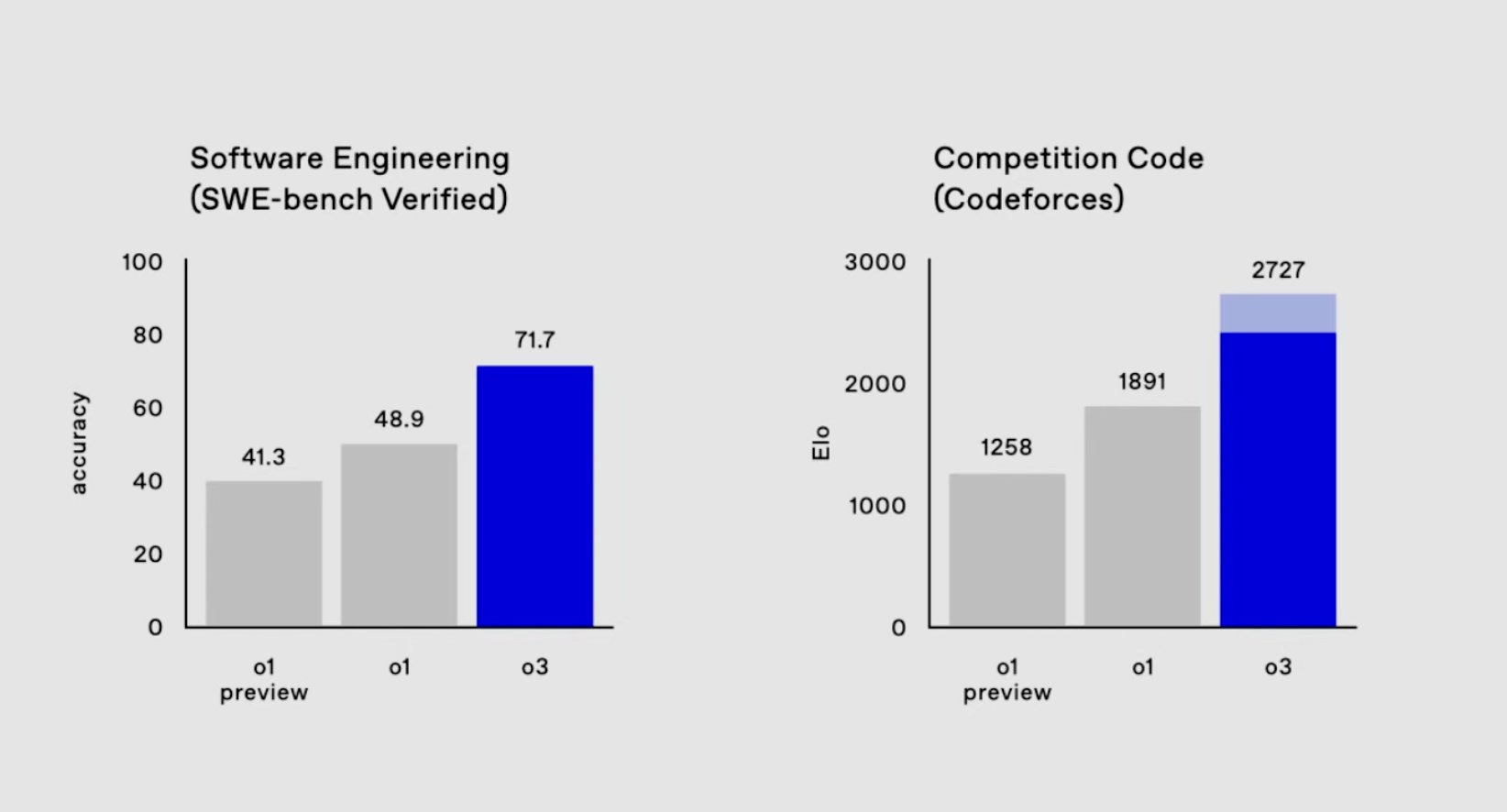Introducing OpenAI's Revolutionary o3 Model
OpenAI has recently revealed its groundbreaking o3 model, marking a significant milestone in the realm of advanced reasoning AI systems. This latest innovation builds upon the success of the previously launched O1 model and comes in two variants - the full-featured o3 and the more streamlined o3-Mini, each designed to cater to specific tasks.
Advancements in AGI
The unveiling took place during OpenAI's "Shipmas" event, a 12-day extravaganza that highlighted the potential of the o3 model to bring us closer to achieving artificial general intelligence (AGI). OpenAI touts o3 for its notable progress in reasoning capabilities, coupled with a focus on safety through a concept known as deliberative alignment.

It's worth noting that OpenAI decided to skip the o2 nomenclature, attributing this choice to a possible trademark conflict with the British telecommunications company, o2. During a livestream, CEO Sam Altman acknowledged this decision, remarking on the complexities of the modern world.
Impressive Performance Metrics
The o3 model has already showcased remarkable feats, boasting a remarkable 96.7% score on the 2024 American Invitational Mathematics Exam. In comparison to its precursor, the o1 model, o3 surpassed expectations by 22.8 points on programming evaluations like SWE-Bench Verified.

Additionally, it achieved an impressive 87.5% score on the ARC-AGI test, a pivotal benchmark in measuring progress towards AGI.
Challenges and Future Prospects
Despite its notable reasoning capabilities, the o3 model faces challenges such as increased latency and heightened computational expenses. Its launch comes amidst a competitive landscape with tech giants like Google and DeepSeek forging ahead with their reasoning models.
The introduction of the o3 model underscores OpenAI's persistent commitment to reshaping generative AI while navigating through the associated challenges and possibilities.




















